Warren Buffett retires. 8 times he called the stock market right
The "Oracle of Omaha" has a storied history at Berkshire Hathaway of sidestepping risk before it could materialize
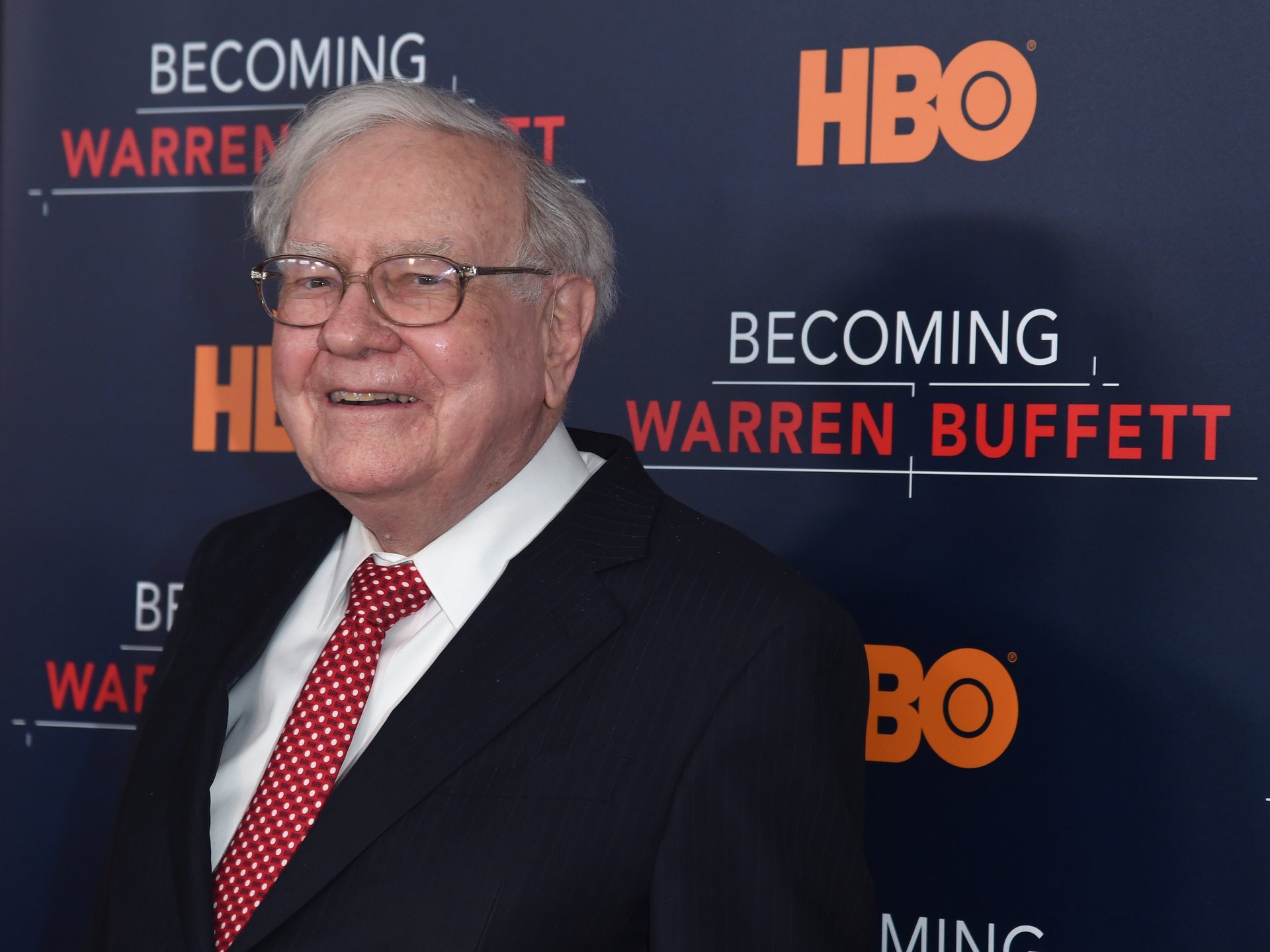
With Warren Buffett officially stepping down after decades at the helm of Berkshire Hathaway (BRK.A), it’s tempting to believe that he’s leaving the game having already seen the final score. Over the course of his career, Buffett, long known as the “Oracle of Omaha,” made a series of moves that now seem almost prophetic.
Over decades as Berkshire’s CEO and chairman, Buffett earned a reputation by being patient and anticipating shifts long before they were obvious to others. And this pattern held firm in his final years at Berkshire’s helm.
Buffett made a string of recent decisions that, today, appear almost prescient — as markets have turned turbulent and geopolitical tremors have begun to rattle the global economy.
Notably, Berkshire sold off a staggering $134 billion in equities and ended 2024 sitting on a record $334 billion in cash, Treasury bills, and other liquid assets. Buffett saw something important in the U.S. economy: fragility. And as as a result, Berkshire has been well-positioned for an economic storm largely created by President Donald Trump’s tariff policies — a macroeconomic storm few others foresaw.
One of Buffett’s other biggest calls: sharply reducing Berkshire’s massive Apple (AAPL) stake. While Apple was once one of Berkshire’s crown jewels (and remains a big part of its holdings), company shares have since struggled amid renewed trade tensions, supply chain disruptions, and softening demand in China. What may have been seen as Buffett turning his back on tech now looks more like another example of his uncanny ability to sidestep risk just before it materializes.
The real question, as Buffett hands the reins to successor Greg Abel, is how the billionaire kept seeing what others missed — again and again. Now, for the 94-year-old Buffett’s next venture, he might consider selling a crystal ball.
Here’s a look at some of Buffett’s most prescient market calls.
2 / 9
6 percent returns
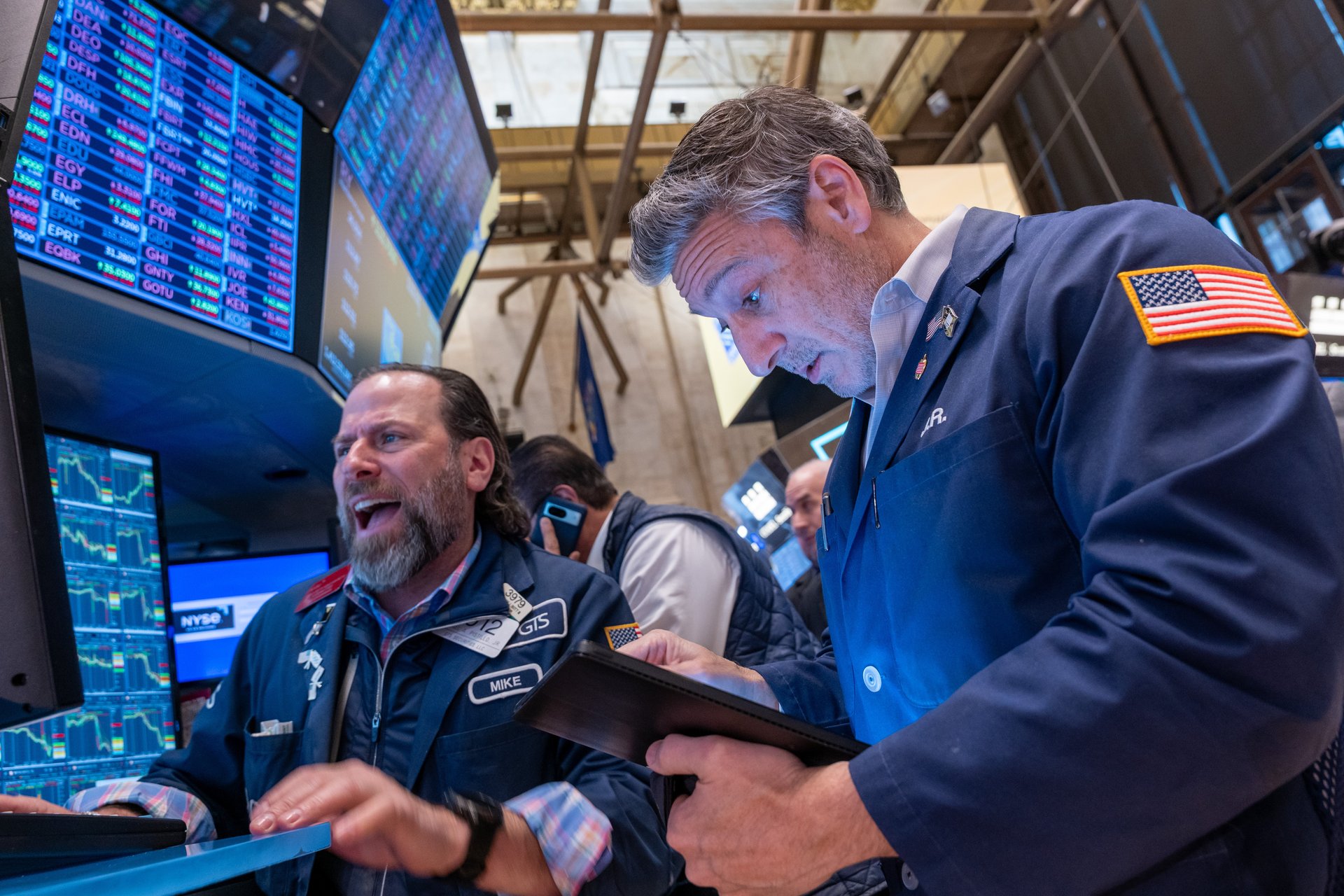
In 1999, Buffett said the stock market returns for the next 17 years would be nothing like the stock market returns from the previous 17 years, which had been on a huge upswing. He said the “most probable return” over the next 17 years would be 6%. In 2016, at the end of that period, stocks had returned 5.9%.
3 / 9
Index funds over hedge funds
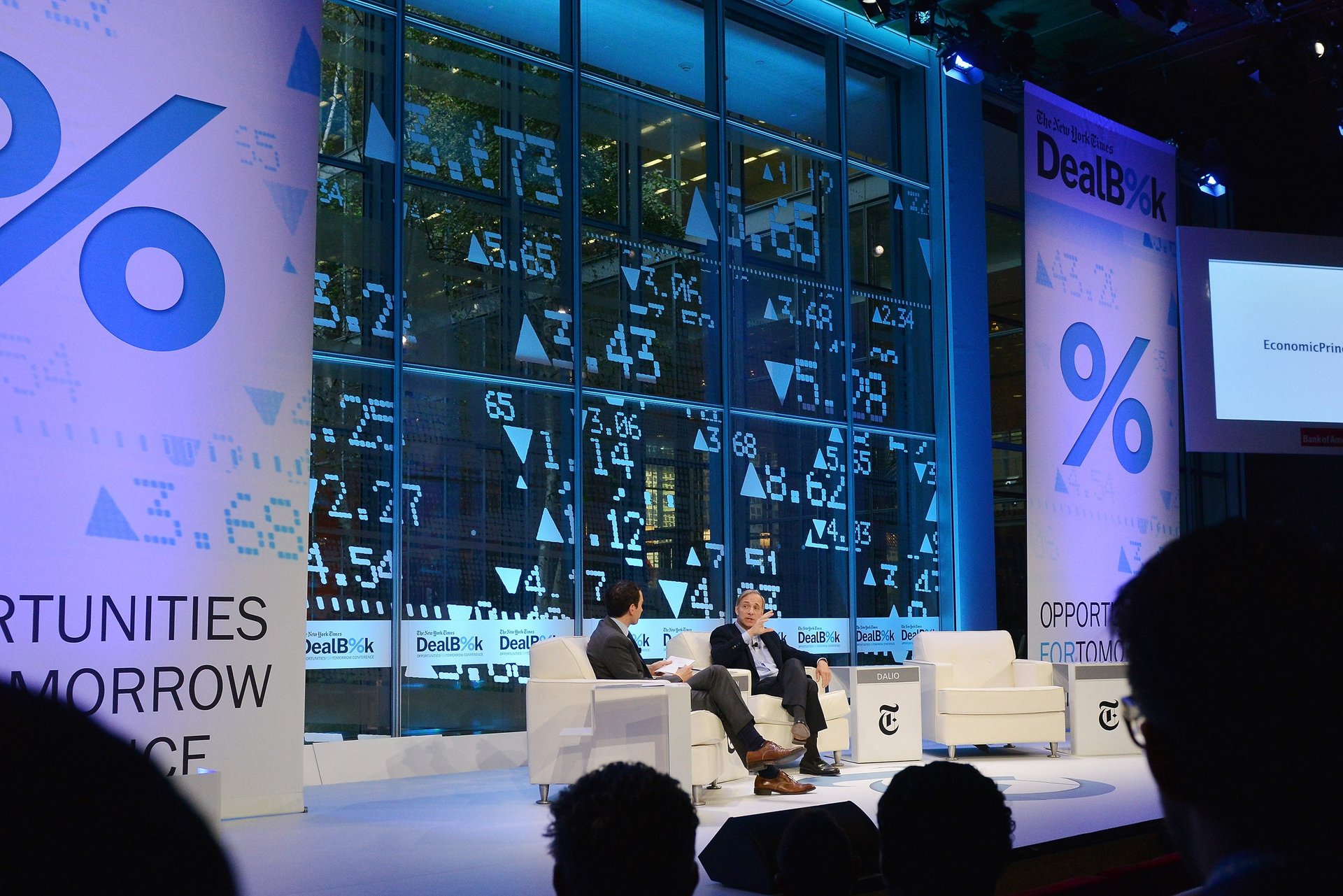
In 2007, Buffett bet $500,000 that, over the next 10 years, the S&P 500 Index would outperform a hedge fund portfolio (when fees were included). Buffett won the bet in lopsided fashion, with hedge-fund manager Ted Seides conceding before time was up. Seides’ funds had earned 2.2% per year, while the S&P 500 index had earned more than 7%.
4 / 9
The dot-com bubble
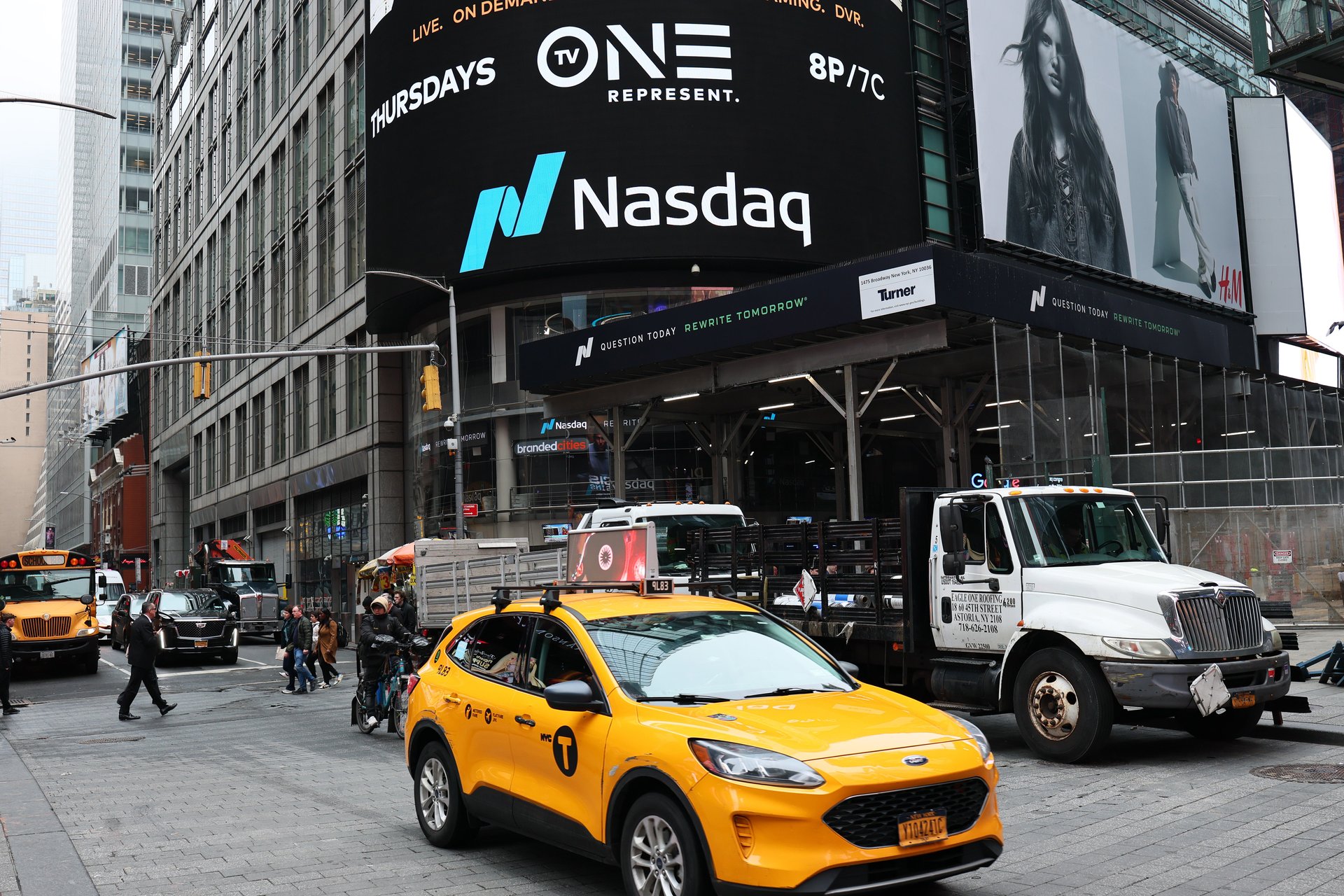
In the late ’90s, Buffett refused to invest in tech stocks because he didn’t understand their business models and didn’t think the companies could continue their torrid pace. At the time, he was criticized for being out of touch. When the dot-com bubble burst and high-flying tech stocks collapsed, Buffett’s position looked a lot smarter.
5 / 9
Bank of America
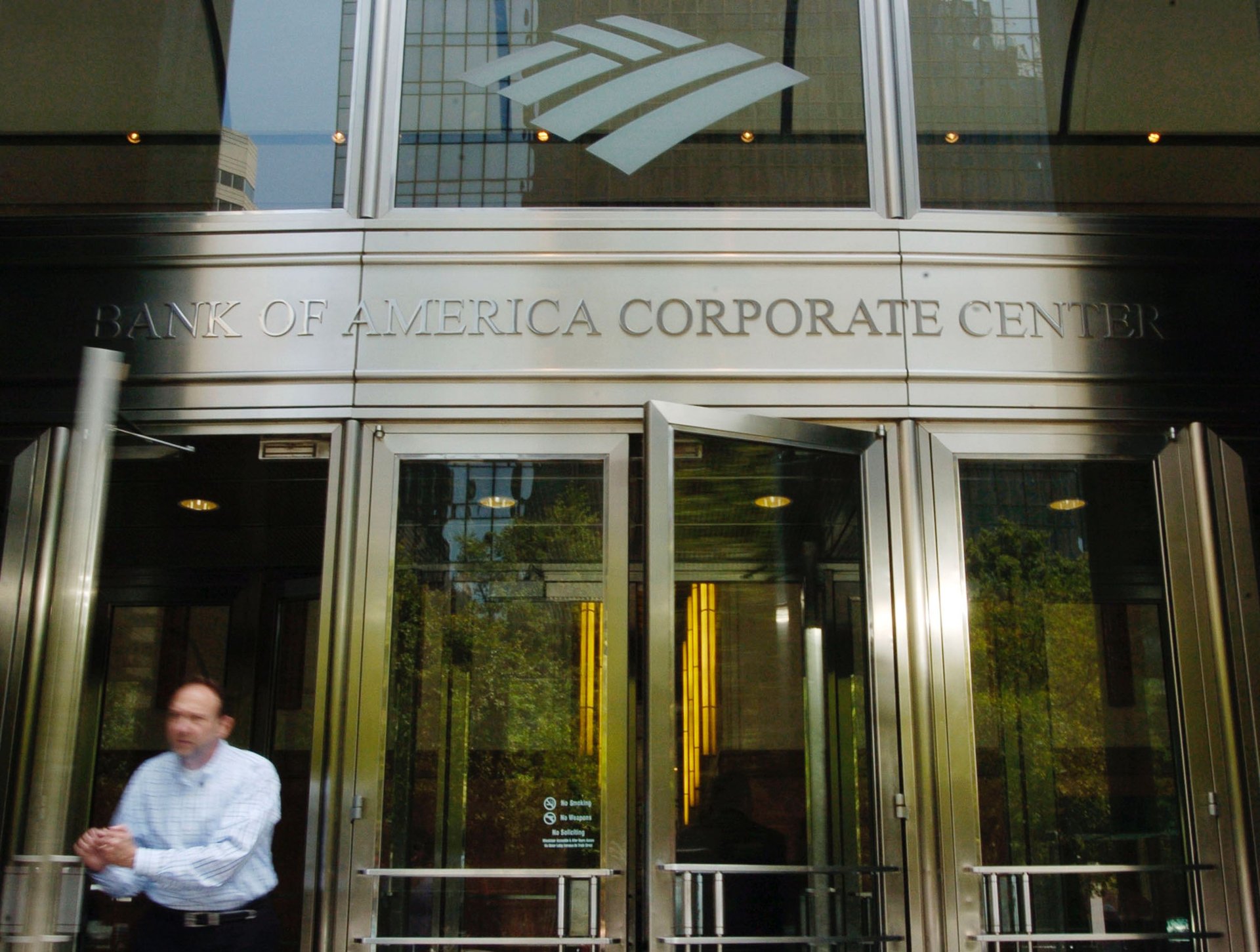
In 2011, when Bank of America (BAC) was still reeling from the fallout of the subprime mortgage crisis (trading below $7 per share, compared with $19 the year before), Buffett spent $5 billion on preferred shares. Those shares paid a 6% yield, resulting in $336 million in annual dividend payments to the company. When Berkshire exercised the warrants in 2017, the company earned $12 billion.
6 / 9
Goldman Sachs
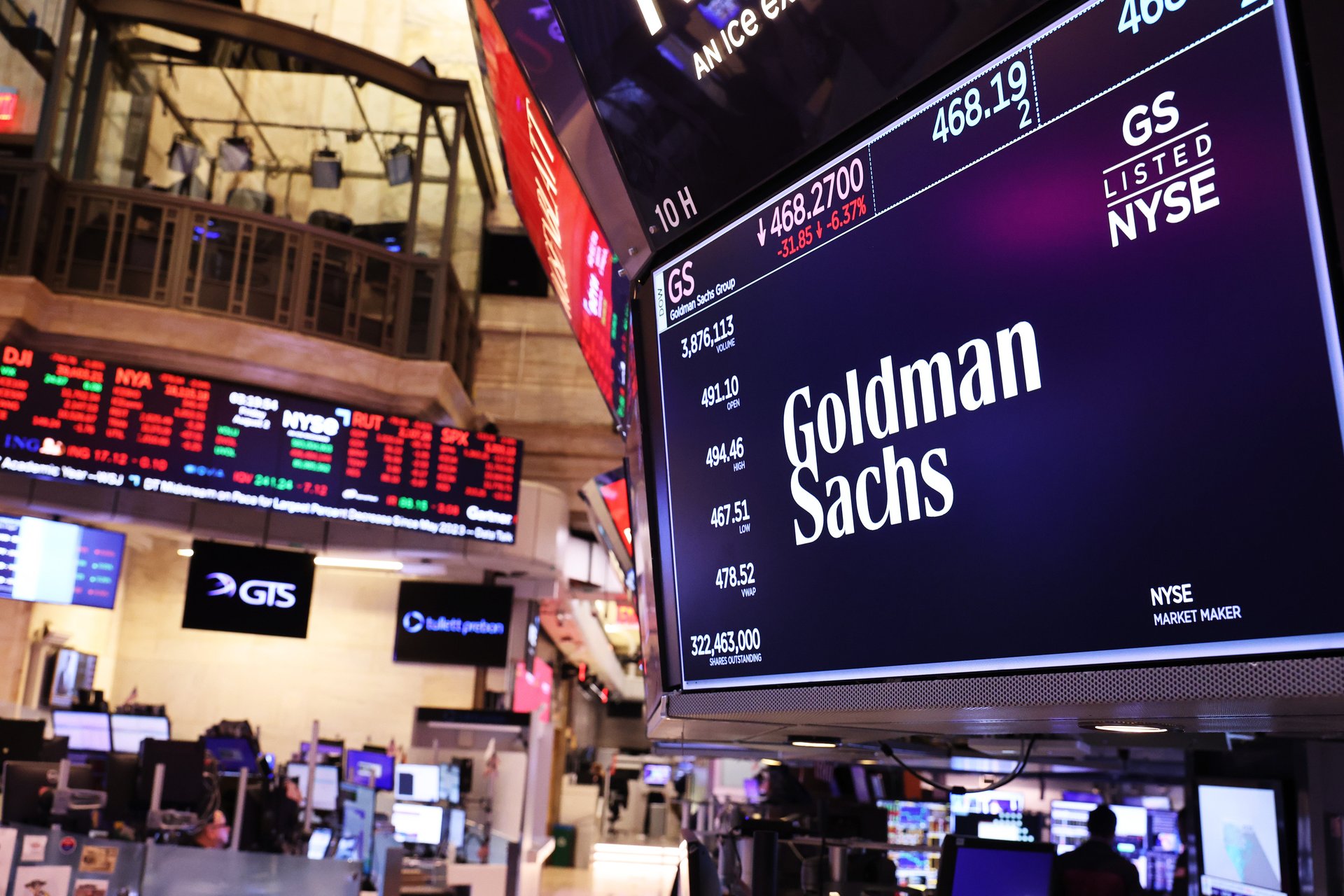
In September 2008, Goldman Sachs (GS) was in a world of hurt after the financial crisis. Buffett invested $5 billion in the investment bank and reportedly made an eventual profit of over $3 billion.
7 / 9
Coca-Cola
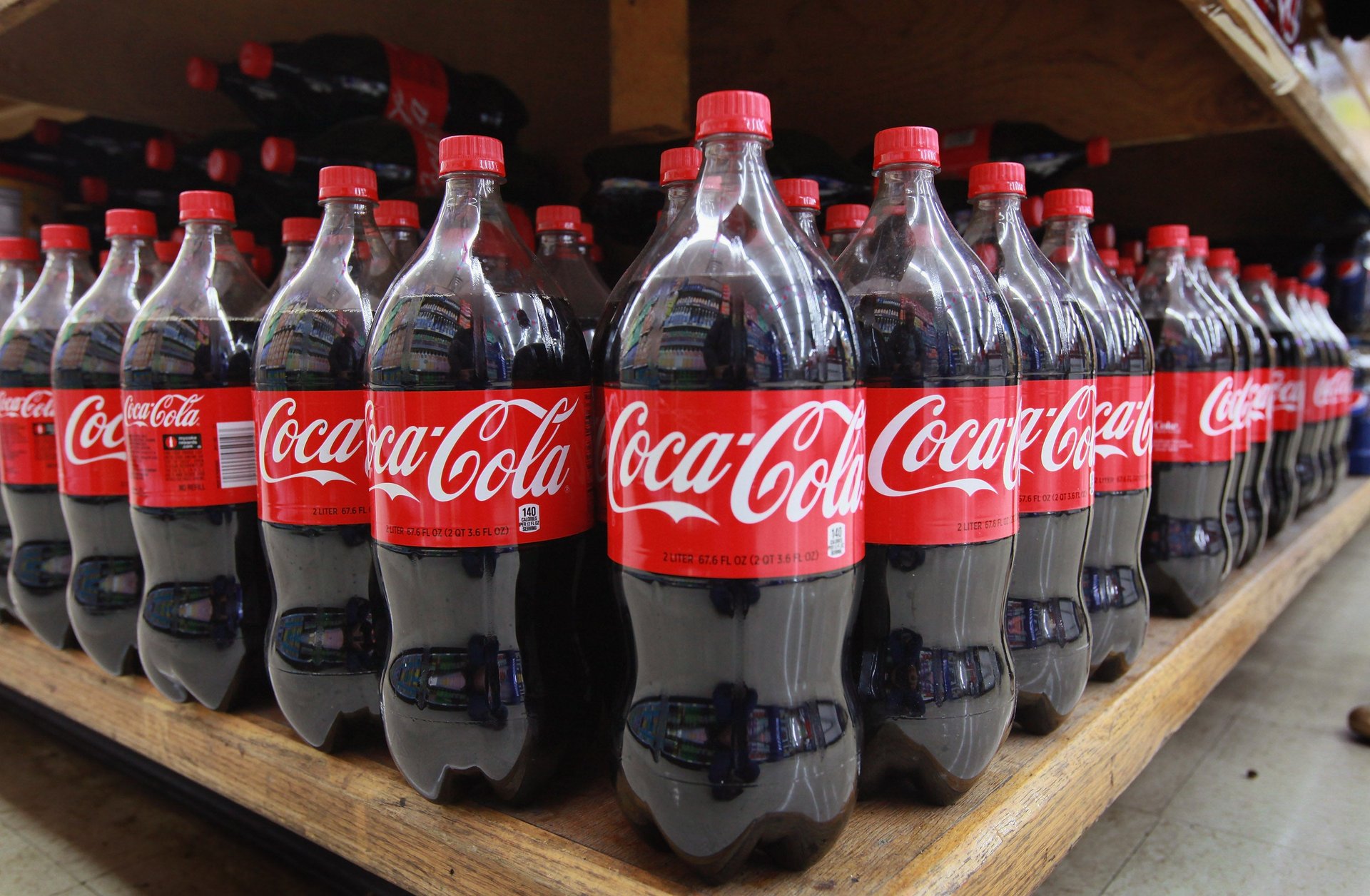
One of Buffett’s big moves came in 1988, when he bought into Coca-Cola (KO), which was trading at $2.39. Earlier this month, stocks were trading at $73.18. At one point, Berkshire had a 9% stake in the company.
8 / 9
The airline industry
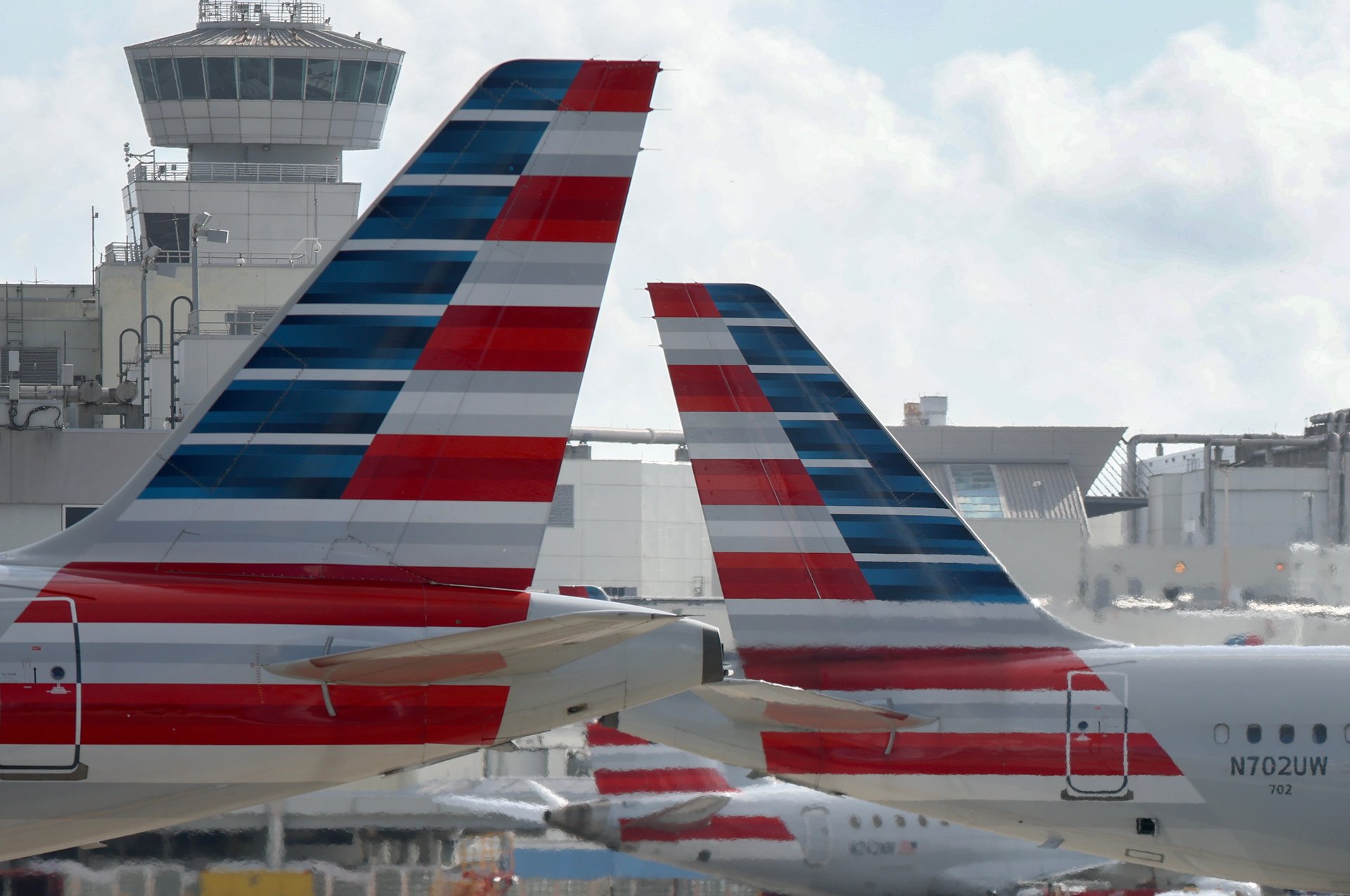
When the COVID-19 pandemic hit, Buffett saw the writing on the wall when it came to the airline industry. In 2020, Berkshire sold all of its airline holdings, citing the uncertainty of recovery. (In 2016, the holding company had invested around $7 billion to acquire roughly 10% stakes in Delta, American, United, and Southwest Airlines (LUV)).
While the airline industry has rebounded, it remains volatile and has underperformed compared with the larger post-pandemic recovery.
9 / 9
Berkshire Hathaway
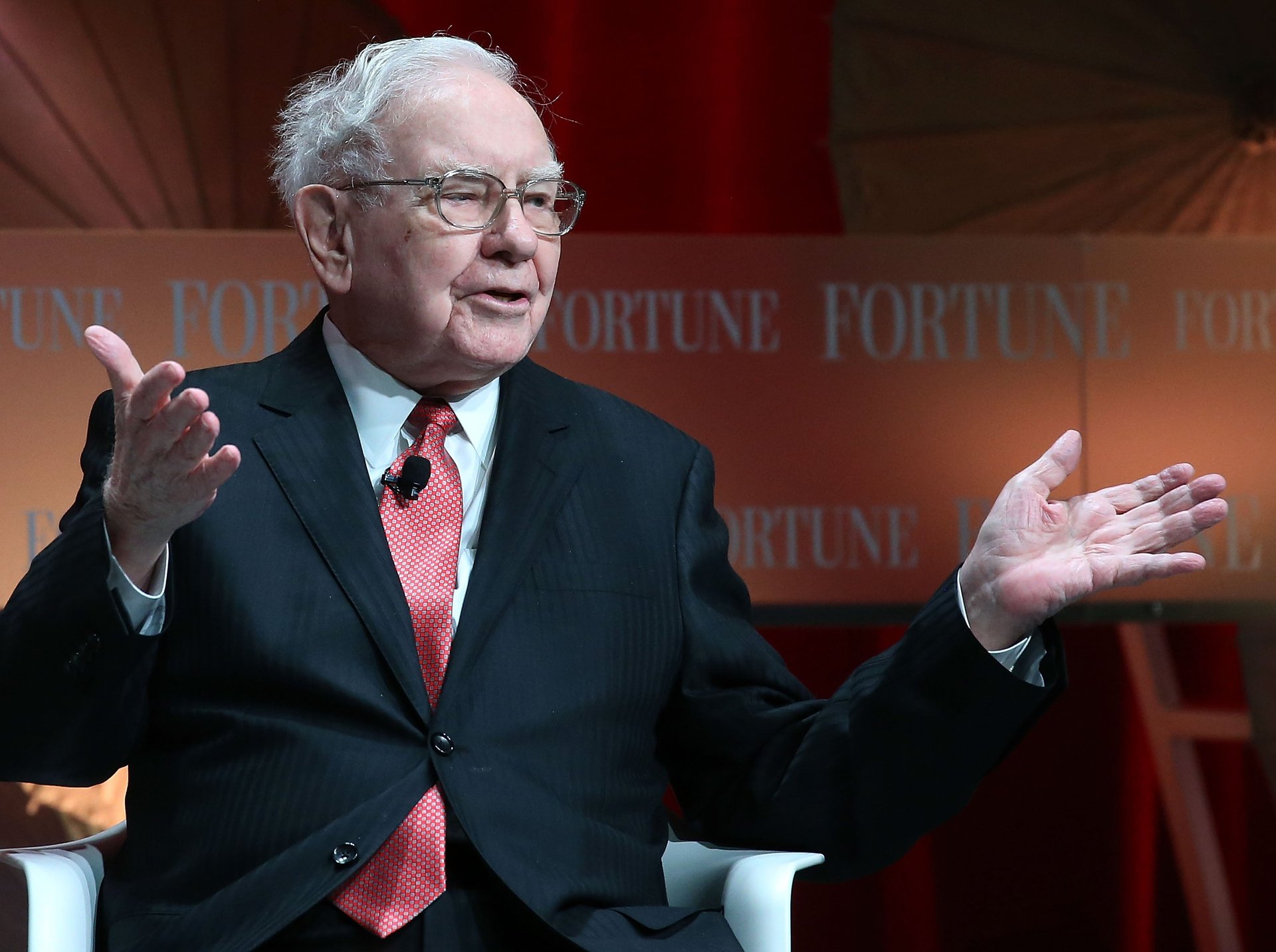
One of Buffett’s most legendary financial moves came in the company he now runs, Berkshire Hathaway. In 1962, he began buying shares when it was a struggling textile company. In 1964, he had a deal in place to sell shares back to the company for $11.50 each. But when the official offer came in, it was different than the parties had agreed upon, so Buffett instead decided to buy more shares to get control of the company. He fired the CEO and took over, turning the textile company into a holding company.
Berkshire Hathaway has never declared a stock split, and a single Class A share now goes for almost $750,000.